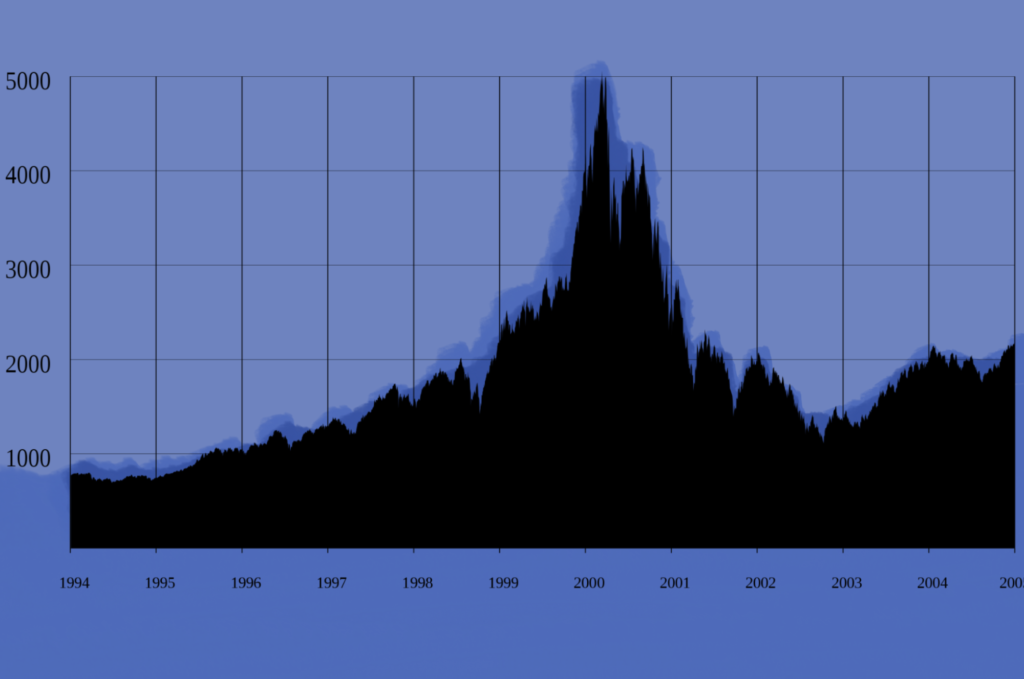Internet companies such as Amazon, eBay, and Yahoo! were at the forefront of the dot-com boom, offering innovative products and services that promised to revolutionize the way we live and work.

The dot-com bubble was a period of rapid growth and subsequent collapse of internet companies in the late 1990s and early 2000s. It was a time of great optimism and investment in internet-based businesses, but also a time of significant financial loss.
The Rise of Internet Companies
In the mid-1990s, the internet was still in its infancy, but it was quickly becoming a powerful force in the business world. Investors saw the potential for internet-based businesses to revolutionize industries and create significant value. This led to a surge in investment in internet companies, with many start-ups receiving substantial funding.
Internet companies such as Amazon, eBay, and Yahoo! were at the forefront of the dot-com boom, offering innovative products and services that promised to revolutionize the way we live and work.
Rapid technological advances, increasing access to the internet, and investor confidence fueled the growth of these companies.
The Fall of Internet Companies
The dot-com bubble burst in 2000, with many internet companies facing significant financial losses and bankruptcies. The reasons for the collapse were multifaceted, but some of the key factors included:
1. Overvaluation: Investors overvalued many internet companies, pouring money into companies with little or no revenue. This led to a bubble in the stock market, with many companies seeing their stock prices rise to unsustainable levels.
2. Rapid expansion: Many internet companies expanded too quickly, investing heavily in infrastructure, marketing, and staff. Thus, this led to high levels of debt and an inability to generate revenue.
3. Lack of profitability: Many internet companies were focused on growth rather than profitability, leading to unsustainable business models and an inability to generate revenue.
4. Market saturation: The internet market became saturated, with too many companies offering similar products and services. This led to intense competition and a reduction in profit margins.
Eventually, The collapse of the dot-com bubble had a significant impact on the technology industry and the broader economy. Many internet companies went bankrupt, and investors lost billions of dollars.
However, the dot-com bubble also led to important lessons and innovations, including a focus on profitability and sustainable business models.

The bottom line
In short, the dot-com bubble was a period of rapid growth and financial loss for internet companies in the late 1990s and early 2000s. The rise of Internet companies was fueled by investor confidence and rapid technological advances, but the collapse was caused by overvaluation, rapid expansion, and a lack of profitability. Despite the financial loss, the dot-com bubble led to important lessons and innovations that continue to shape today’s technology industry.
If you are curious about science and technology then you can check out THE SCHRODINGER’S CAT, here is the link below:
If you liked our article then share it with your friends, who are interested in science and technology. And explore more articles and web stories like this, click on the link below:
If you like to watch videos like this article go on our YouTube channel we’ll be uploading more stories like this there:










One Comment